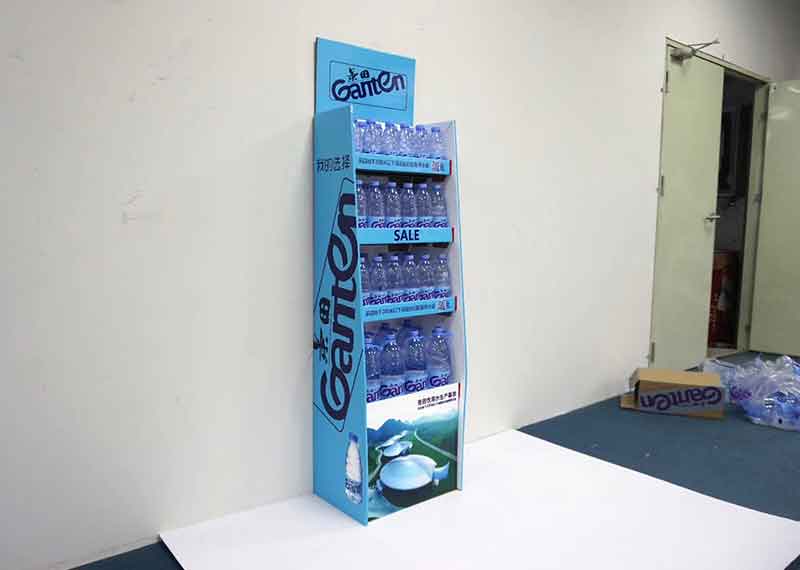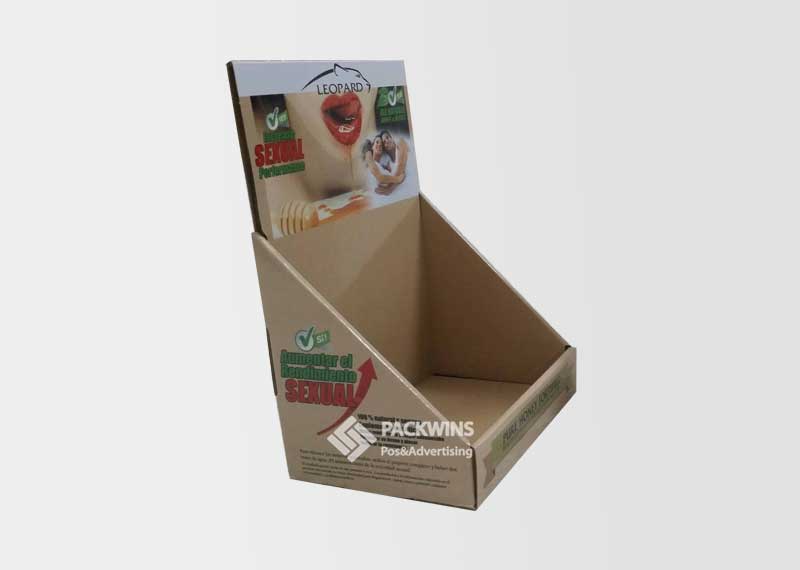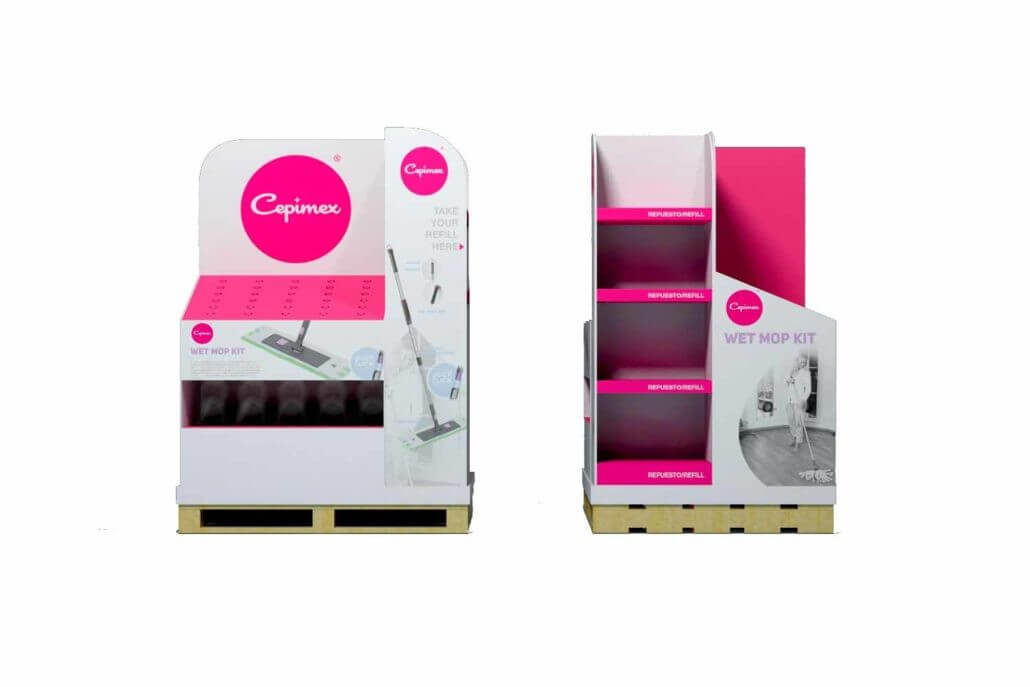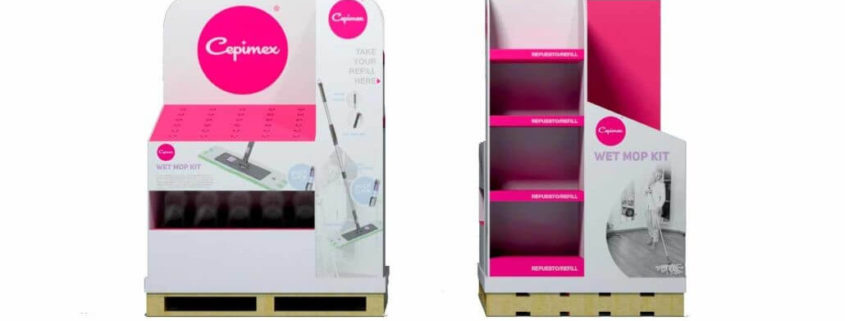Comparing Floor Displays, Counter Displays, and Pallet Displays: Which Works Best?
In the world of retail marketing, displays play a crucial role in grabbing customer attention and driving sales. The type of display you choose can significantly impact your product visibility, customer engagement, and ultimately, your return on investment (ROI). Among the most common display types are floor displays, counter displays, and pallet displays. Each offers unique advantages, but which one is the best for your products and store layout?
In this blog post, we’ll break down the differences between floor displays, counter displays, and pallet displays, helping you determine which one is right for your business.
1. Floor Displays: Maximizing Visibility and Space
Floor displays are large, freestanding units designed to be placed on the floor of a retail space. These displays are typically used for high-visibility product promotions and are often placed in high-traffic areas like aisles, store entrances, or near checkout counters.
Advantages of Floor Displays:
- High Visibility: Since they are larger and often positioned in prime locations, floor displays grab customer attention from a distance, making them ideal for showcasing featured or new products.
- Versatile Design: Floor displays can accommodate a wide variety of products, from small items to large, bulky products, and can be customized to fit the branding and aesthetic of the store.
- Increased Impulse Purchases: Because they’re placed in high-traffic areas, floor displays are effective at encouraging impulse buys. Customers are more likely to purchase items they encounter unexpectedly.
Disadvantages of Floor Displays:
- Space-Consuming: Floor displays require significant floor space, which may not be available in smaller stores or those with narrow aisles.
- Higher Cost: Due to their larger size and the need for sturdier materials, floor displays tend to cost more than other display types.
Best for: Products that need to stand out and generate high visibility, such as seasonal items, promotions, or new releases.

2. Counter Displays: Compact and Convenient
Counter displays are smaller units designed to be placed on checkout counters, sales desks, or near customer service areas. They’re typically used to showcase small, impulse-buy items like snacks, beauty products, or accessories.
Advantages of Counter Displays:
- Space-Efficient: These displays are compact, making them perfect for stores with limited space. They can be placed on any available counter or display area without taking up much room.
- Impulse Buying: Counter displays capitalize on impulse buying by positioning products at the point of sale, where customers are already preparing to make a purchase. This is a key area for generating last-minute sales.
- Easy to Replenish: Because counter displays are smaller, they’re easier to restock and maintain, ensuring that products stay fresh and available for customers.
Disadvantages of Counter Displays:
- Limited Space for Product Variety: Counter displays are smaller, so they can only hold a limited number of items. This makes them less suitable for displaying larger products or a wide range of items.
- Less Attention-Grabbing: While effective in generating last-minute sales, counter displays may not have the same level of visibility as larger floor displays.
Best for: Small, impulse-buy products like snacks, beauty items, magazines, and accessories—perfect for checkout counters or point-of-sale areas.

3. Pallet Displays: Bulk and Efficiency
Pallet displays are large, often square or rectangular, units designed to hold products in bulk. These displays are typically used for large quantities of a single product and are often found in warehouse-style retailers, supermarkets, or big-box stores. Products are displayed directly on wooden or cardboard pallets and can be stacked for easy access.
Advantages of Pallet Displays:
- Bulk Display: Pallet displays are perfect for showcasing a large quantity of products, especially for wholesale or high-demand items. This makes them ideal for promotions involving big-ticket products or stock-clearance events.
- Cost-Effective: Because pallet displays are relatively simple in design and can accommodate bulk items, they tend to be more affordable than other types of displays.
- Efficient Use of Space: Pallet displays are designed to be placed directly on the floor, taking up significant space but also allowing for easy access to large quantities of products. This makes them ideal for stores with high-volume foot traffic.
Disadvantages of Pallet Displays:
- Bulk-Only Items: These displays are best suited for larger quantities or bulk items, making them unsuitable for smaller, delicate products.
- Less Visually Appealing: While functional, pallet displays are often considered less visually engaging than floor or counter displays. They might not create the same level of branding impact.
Best for: Bulk products, promotions, and seasonal items—particularly in big-box stores, grocery stores, or warehouses.

4. Which Display Type is Best for Your Business?
Choosing between floor displays, counter displays, and pallet displays depends on several factors, including your product type, store size, and marketing goals. Here’s a quick breakdown:
- Go for Floor Displays if: You want to showcase large quantities or high-visibility products in a spacious retail environment. Floor displays work best for seasonal promotions, new product launches, or any item that benefits from high visibility.
- Go for Counter Displays if: You’re looking to maximize impulse purchases in a small space. Counter displays are great for small items that customers are likely to buy on a whim, especially near the checkout area.
- Go for Pallet Displays if: You need to move large quantities of a product quickly and efficiently. Pallet displays work well for bulk items, stock-clearance events, or high-demand products in stores with a lot of foot traffic. Or go for a local cardboard display supplier for quick action, like Display2Go.
Conclusion
Each type of retail display—floor displays, counter displays, and pallet displays—has its own set of benefits and is suited for different retail environments and products. Understanding the unique features of each display type can help you make an informed decision on which works best for your store, products, and marketing objectives.
Whether you’re looking to boost impulse buys, promote bulk items, or create a standout display for new products, Packwins can help you design custom cardboard displays that fit your needs. Let’s create displays that work hard for your business and elevate your retail marketing.




Leave a Reply
Want to join the discussion?Feel free to contribute!